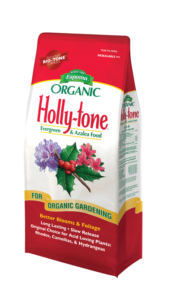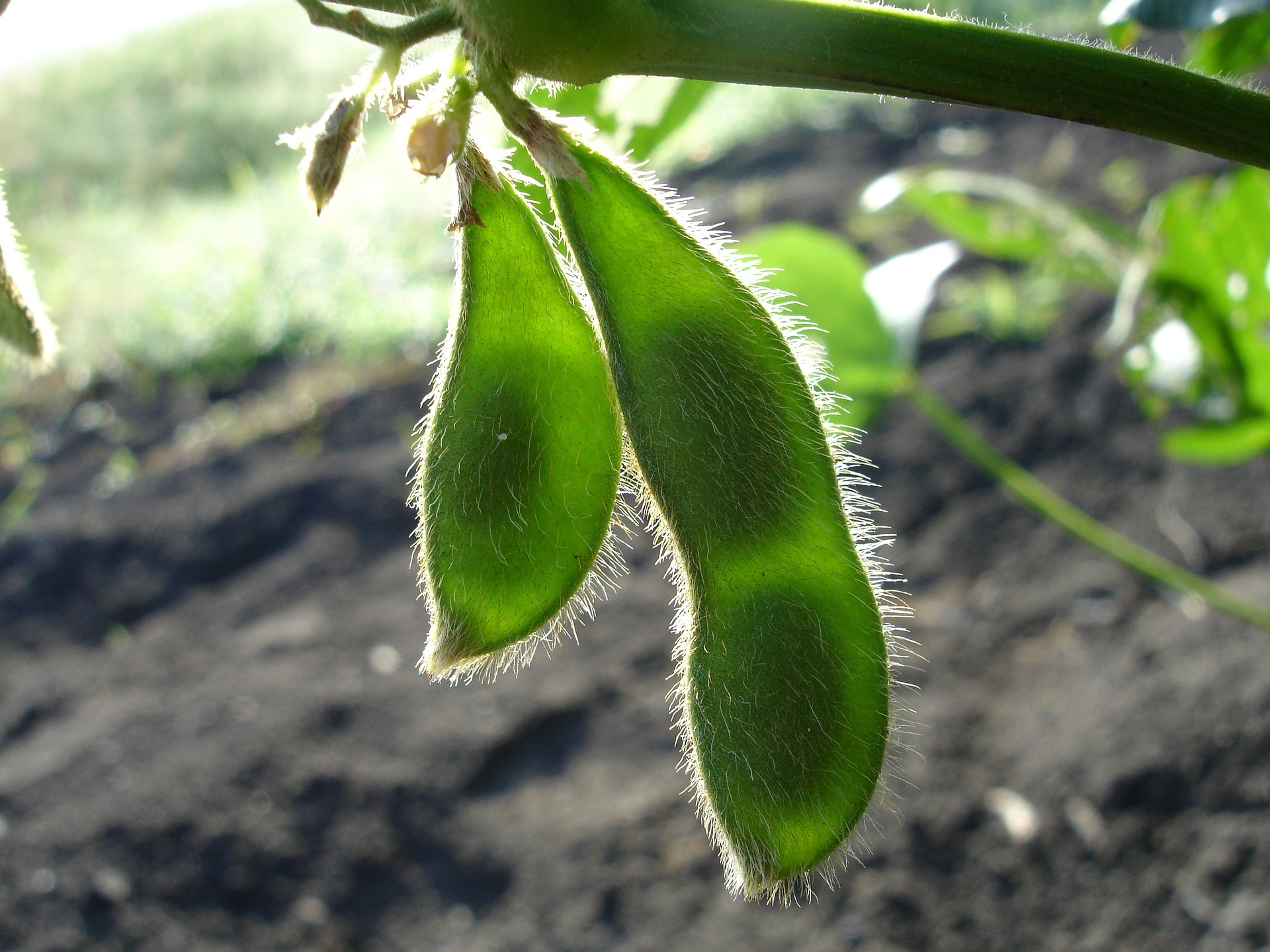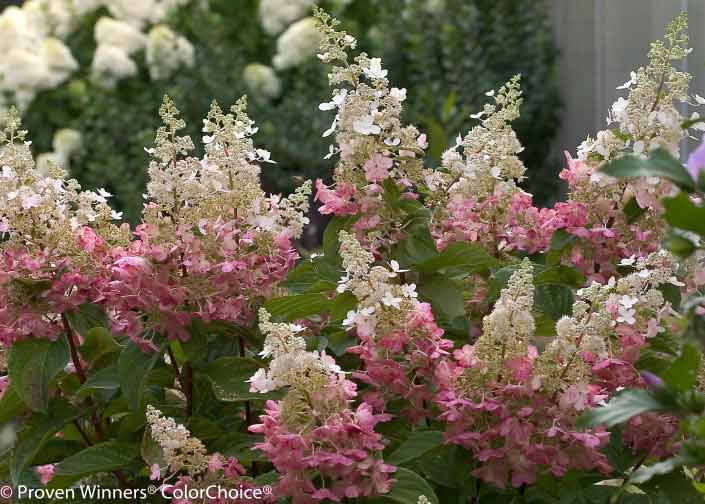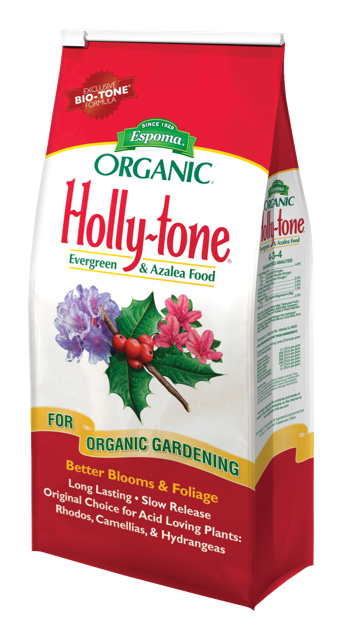No Way Blue Jay! Keep Birds from Eating Berries
Sun-kissed, slightly tart blueberries. Sweet, juicy raspberries. Scrumptious strawberries as sweet as candy. Sugary, tart blackberries.
Who can resist such delightful, fresh flavors right from the garden?
Certainly not local birds! Crows, blackbirds, robins, jays and more swoop in and eat your berries right from under you!
If you’re growing blueberries (or any berries!), you want to make sure you get to enjoy them, not the birds. Here are our tips for protecting your berries from those hungry birds — while still being kind.

If you’re growing blueberries, make sure you get to enjoy them, not this sparrow. Here are our tips for protecting your berries from those hungry birds — while still being kind.
Take Back the Patch — How to Protect Fruit from Birds, Naturally and Organically
1. Location, Location, Location. Plant or move berries away from hedges and larger shrubs since birds like to rest there.
2. Take Cover! When your berries are immature, add a row cover or bird netting. Make sure the netting is secure, so the birds can’t undo it. This is, hands down, the best way to protect berries.
3. A Sprinkle of Sparkle. Tie a shiny bird scare tape, or foil tape, around your berry bushes or plants to deter birds. Birds don’t like the movement or the tape’s bright reflection.
4. A Dash of Pepper. Sprinkle cayenne pepper around your berry plants as they begin to ripen. This method is super easy, but makes it hard to enjoy eating berries as you pick! You have to wash off the berries before eating to remove any remaining pepper.
5. Snack Attack! Install a few bird feeders to encourage birds to eat there — and not your berry bushes!
Victory! Now, make sure your blueberries continue to thrive by feeding with Holly-tone. Keep the soil acidic, too, with Espoma’s Organic Soil Acidifier.


























